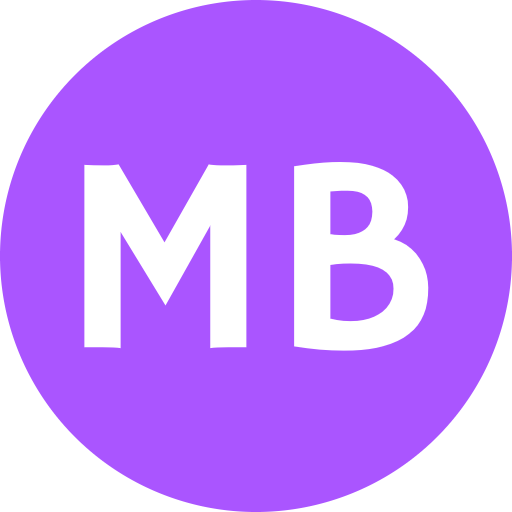Three Lines in a Circle: How Did the Peace Sign Get Its Start?
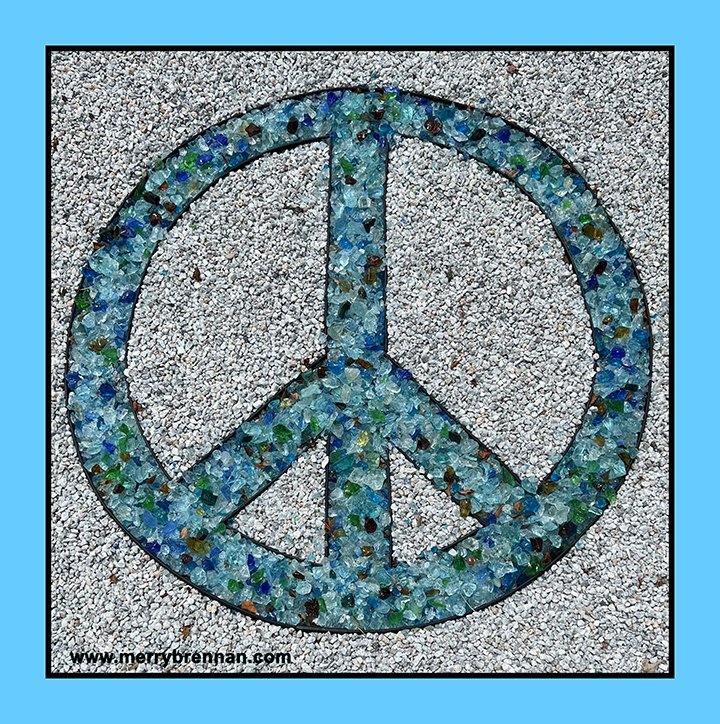
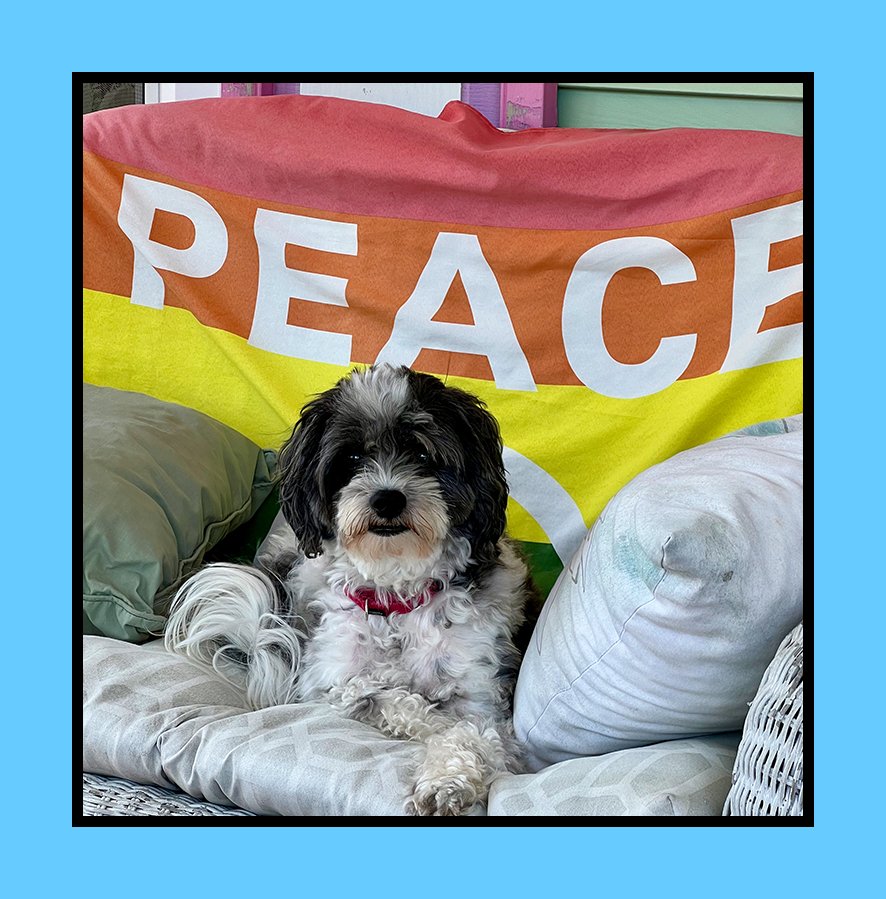
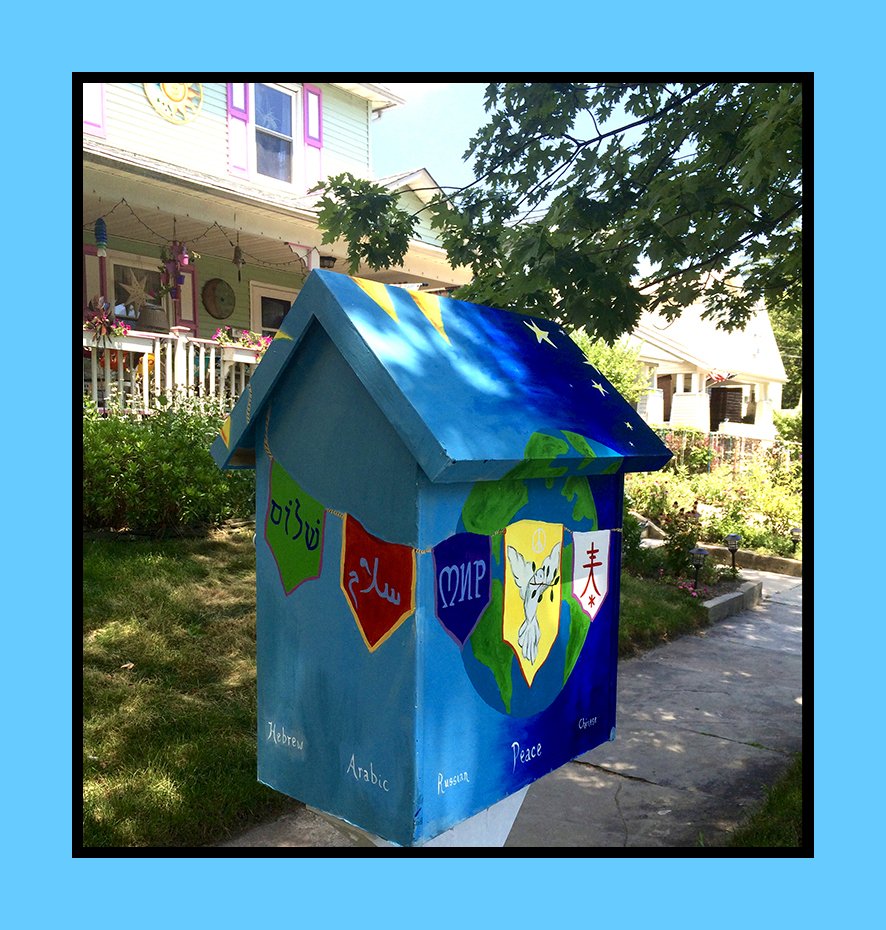
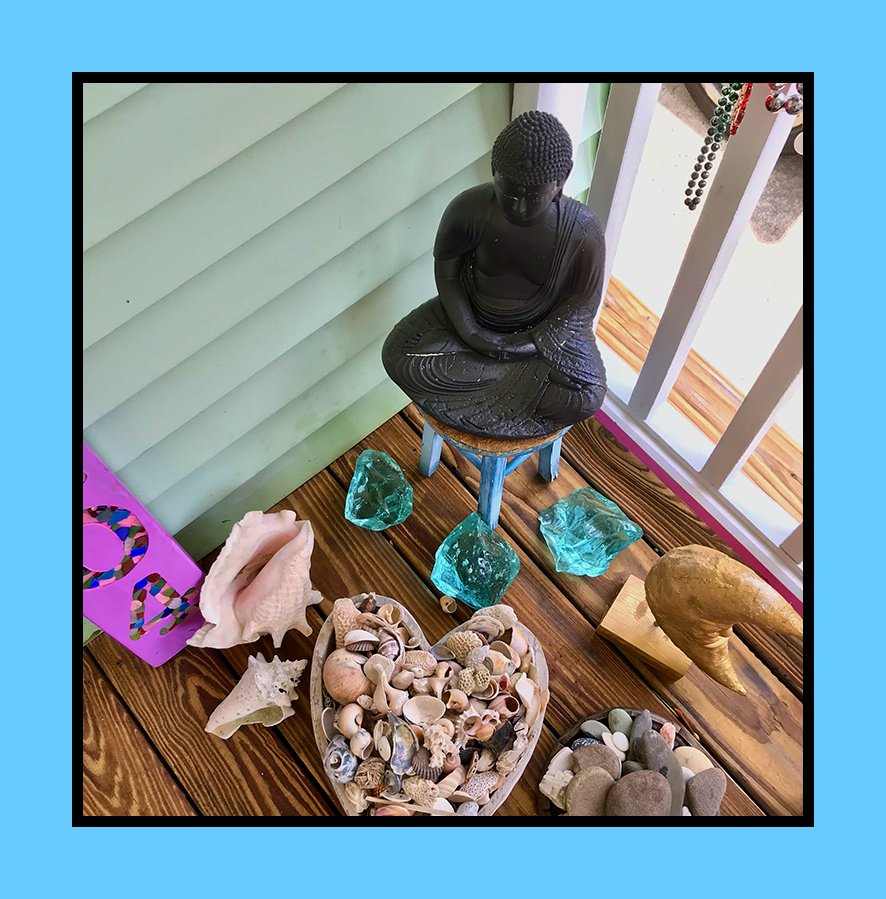

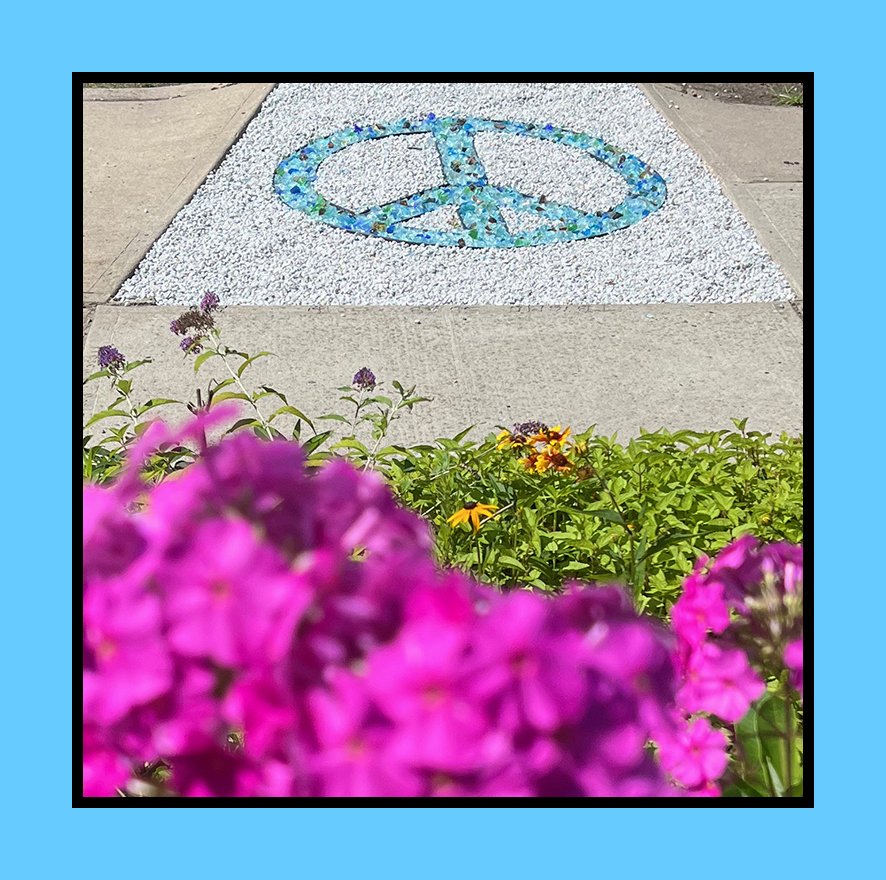
If there ever was a question that our house is a “peace” house – with our banners, flags, Buddha corner and even a peace-themed Free Little Library – it’s beyond doubt now that we completed our latest home project: a sea glass peace sign between our curb and sidewalk.
I love the simple symbol. I know I’m not alone because it’s one of the most recognizable graphics on earth, taking center stage in everything from protests to fashion. But did you ever wonder what those three lines in a circle really mean or where they came from? Read on!
A devoted pacifist created the graphic for the world’s first ever nuclear disarmament protest held on Good Friday in 1958. Picture signalmen on a naval ship and you’ll see how artist and designer Gerald Holtom stylized the letters “N” and “D” (for Nuclear Disarmament) from the flagmen’s semaphore alphabet.
N & D in the semaphore alphabet
Holtom was among thousands who gathered in London’s Trafalgar Square for the three-day march against British nuclear weapons. Many carried signs with different images. But his stood out so much that the Campaign for Nuclear Disarmament (CND) adopted it. They still use the logo 64 years later.
A colleague of Martin Luther King Jr. attended that London protest and brought the anti-nuclear image back to America. The symbol quickly gained visibility in civil rights marches and broadened to signify peace and non-violence in general.
It’s since become one of the most familiar motifs in history. Unlike Picasso’s dove, the peace symbol is easy to draw, and unlike the two-fingered “V” we make in the U.S. as a hand gesture for peace, it can’t be mistaken as an insult overseas. (In the UK, Ireland, Australia, New Zealand and South Africa, a palm-in “V” is like giving someone the middle finger.)
Interestingly, 15 years after he created the famous symbol, with the world still in the throes of the Cold War, Holtom wrote a letter to a British peace magazine explaining the graphic also represented himself as “an individual in despair” with palms “outstretched and downwards.” The designer later made an inverted version of his original design, in which he replaced the “N” with a “U” to mean “unilateral disarmament” of all weapons. But by then, his original circle with three downward lines had already transcended cultures and carved itself into our global language.
I have to say, though, not everyone liked the peace sign. In 1970, the John Birch Society ran a 16-page story denouncing it as a sign of the devil, a “symbol of the anti-Christ” inspired by the “Reds.” The article got picked up by many publications, including the New York Times. Nineteen years later, some Texas schools banned the peace symbol, saying it was “used by devil worshippers.” And in 2006, a California homeowner was ordered to remove the “satanic symbol” that was decorating the outside of her home. To this day, some still see the peace sign as a harbinger of evil.
But for me and countless others — even if they don’t know its original meaning — the simple icon has become a beautiful emblem of kindness, compassion, and all that is good about humanity.
Where is YOUR favorite peace sign?
